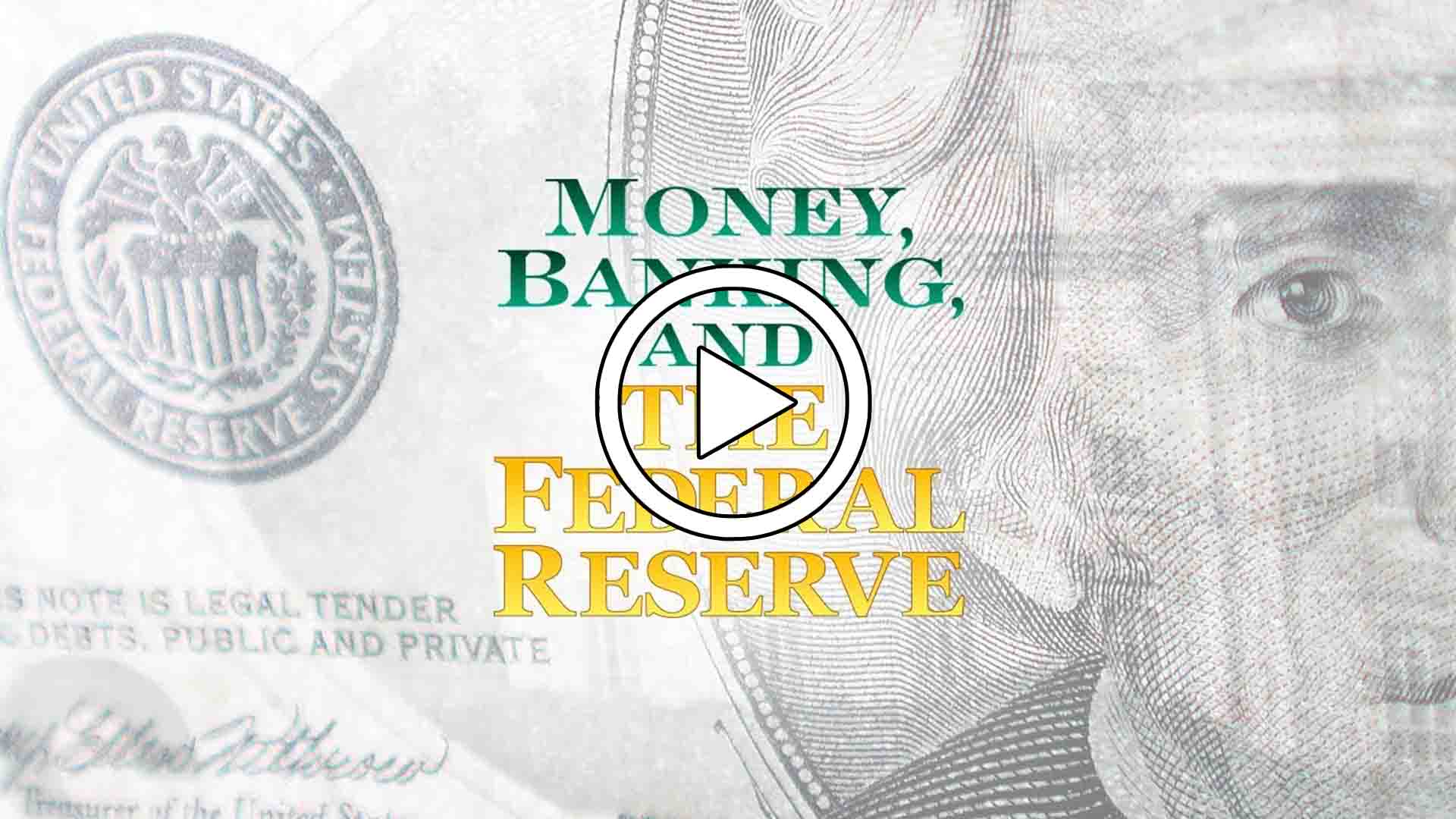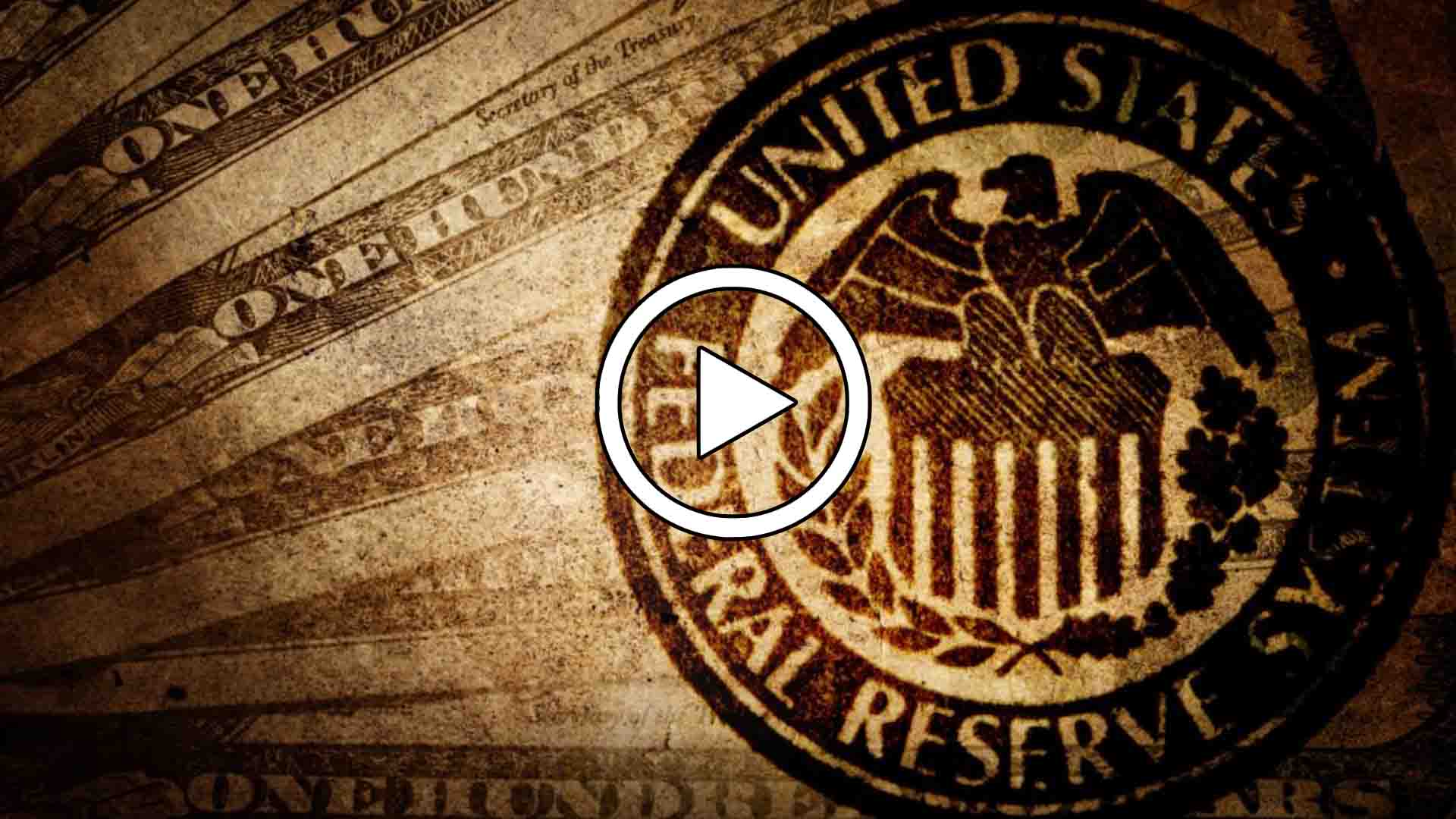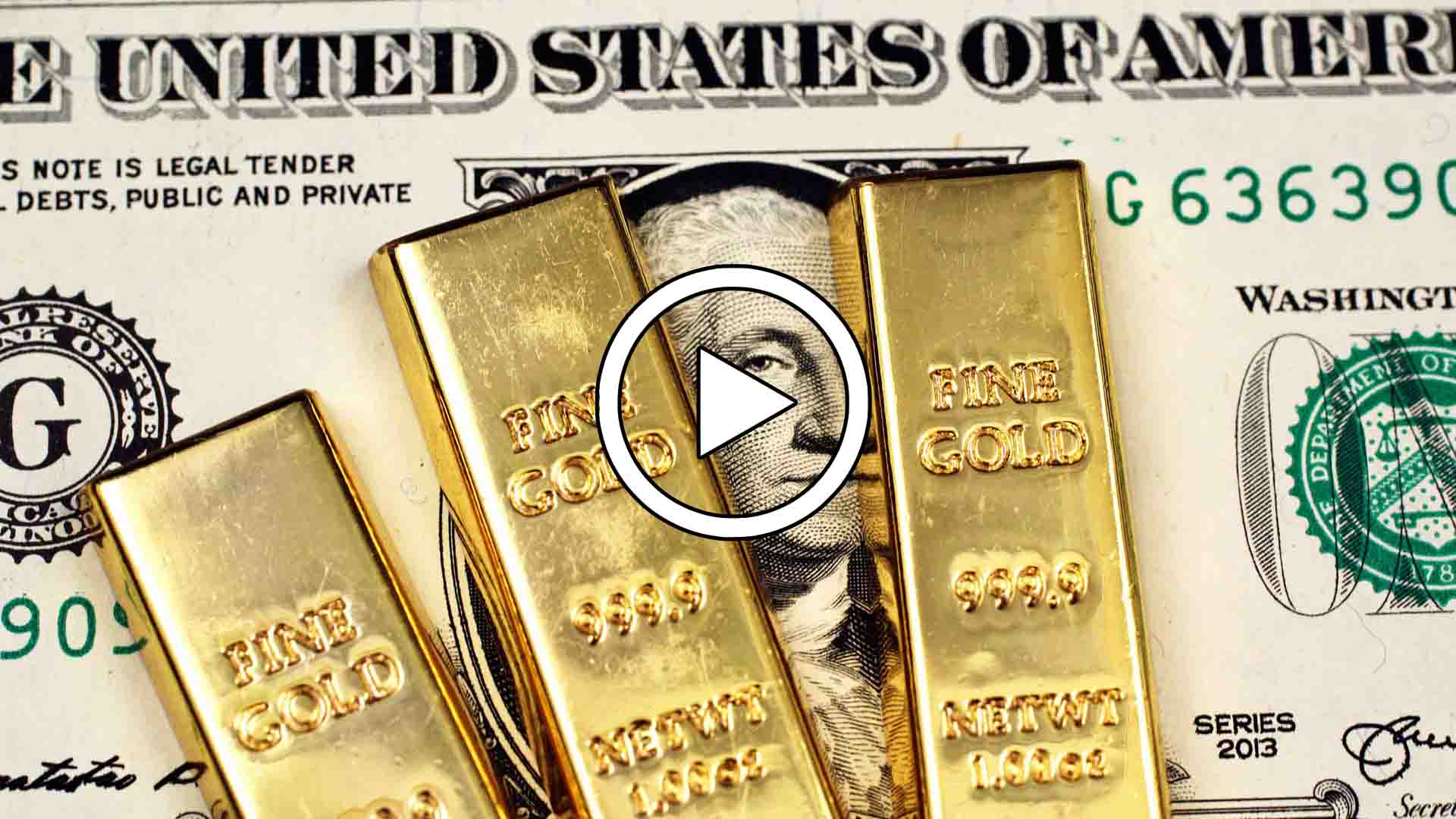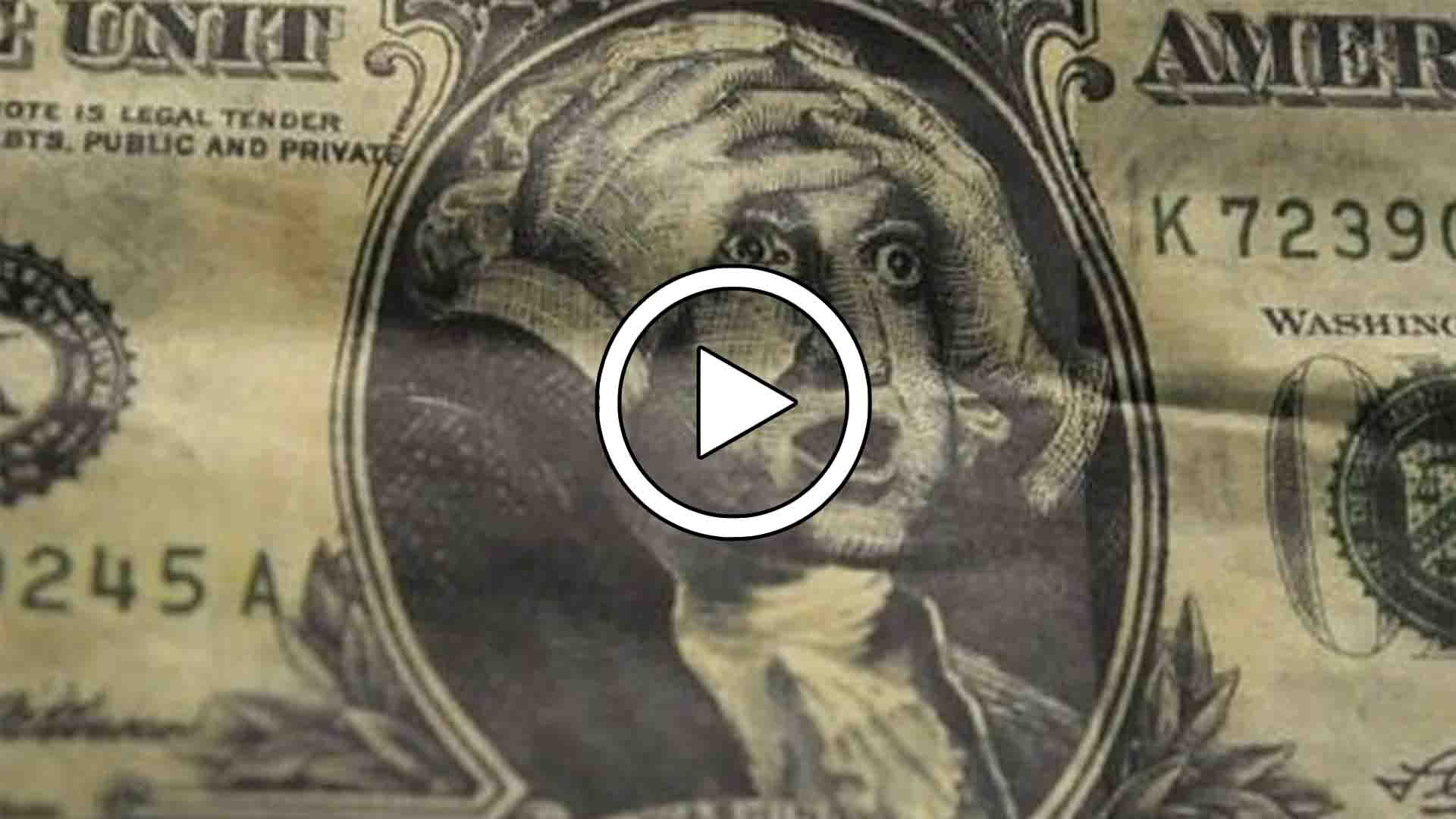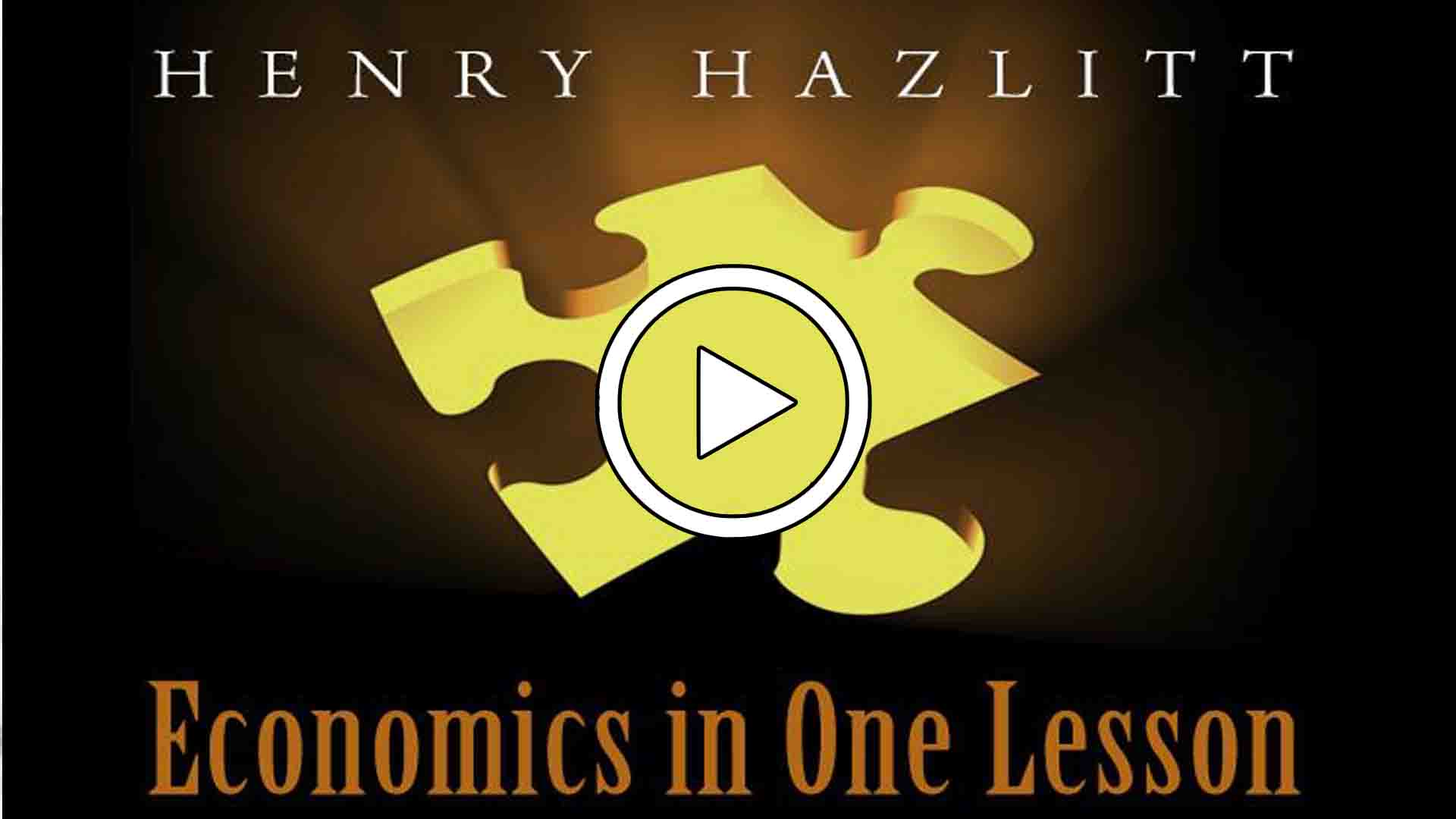Economics
Money, Banking, and the Federal Reserve
Thomas Jefferson and Andrew Jackson understood “The Monster”. But to most Americans today, “Federal Reserve” is just a name on the dollar bill. They have no idea of what the central bank does to the economy, or to their own economic lives; of how and why it was founded and operates; or of the sound money and banking that could end the statism, inflation, and business cycles that the Fed generates. This is economics and history as they are meant to be: fascinating, informative, and motivating.
The Federal Reserve (Our National Bank)
The Federal Reserve Act was signed into law in 1913 establishing this nation’s third central bank; The Federal Reserve. There has been debate over whether our nation should have a central bank or not. One thing is certain, when a nation does have a central bank, the government grows at a staggering rate and inflation becomes a serious issue for the average citizen. The film below is setup in a Question and Answer style session with G. Edward Griffin, author of the book, “The Creature From Jekyll Island“. Mr. Griffin gives the institution’s history and explains the Federal Reserve System to the viewer in easily understandable terms.
On a side note, did you know that a central bank is called for in the fifth plank of the Communist Manifesto?
Money In A Free Society
What is money? Though this might sound like a strange question it is actually the basis for all economic thought. Are the paper and metal you keep in your pocket or purse actually “money” or is it something else? Is money a useless token only good for exchange? Does it have to have innate value or are pieces of paper that the government declares to be money, money? Before you can engage in any serious discussion about the economy or economics you need to have a basic understanding of money and the monetary system as well as their relationship to government. This film looks at these questions and answers them but, also examines what happens without ANY government involvement in the monetary system.
Our Current Monetary System
An Introduction To Economic Reasoning
These books, all relatively short and available online or for purchase, are an excellent starting point for an education in sound economics.
**Economics in One Lesson by Henry Hazlitt; online here and here (.pdf)
Essentials of Economics by Faustino Ballve; online here (.pdf)
An Introduction to Austrian Economics by Thomas C. Taylor; online here and here (.pdf)
Lessons for the Young Economist (for younger readers) by Robert P. Murphy; online here, here (.pdf) and here (ebook)
Another easy-to-understand introduction to economic reasoning is Peter Schiff’s book How an Economy Grows and Why It Crashes.
A useful companion to Hazlitt’s Economics in One Lesson is this series of videos, recorded in July-August 2008, in which various professors comment on each of the book’s chapters – explaining the argument, elaborating on it, and applying it to present conditions. Here are all those videos combined into one mega-video:
Additional Introductory Reading In Economics
The Concise Guide to Economics by Jim Cox; online here and here (.pdf)
Making Economic Sense by Murray N. Rothbard
Free Market Economics: A Reader by Bettina Bien Greaves
Free Market Economics: A Syllabus by Bettina Bien Greaves
The Politically Incorrect Guide to Capitalism by Robert P. Murphy
The Church and the Market: A Catholic Defense of the Free Economy by Thomas E. Woods, Jr.
Whatever Happened to Penny Candy? by Richard J. Maybury (great for homeschoolers)
The Revolution: A Manifesto by Ron Paul
MONEY
**What Has Government Done to Our Money? and The Case for a 100 Percent Gold Dollar by Murray N. Rothbard; mp3 audio
**The Ethics of Money Production by Jörg Guido Hülsmann (should be read after the title above); .pdf here
Gold, Peace, and Prosperity (.pdf) by Ron Paul; mp3 audio
The Case for Gold by Ron Paul and Lewis Lehrman
Money: Sound and Unsound (advanced) by Joseph T. Salerno; online here (.pdf) and here (ebook)
The Case Against the Fed by Murray N. Rothbard (.pdf here; audiobook)
End the Fed by Ron Paul
The Revolution: A Manifesto by Ron Paul, ch. 6 (audiobook)
The Gold Standard: Perspectives in the Austrian School, ed. Llewellyn H. Rockwell, Jr.; .pdf here
A History of Money and Banking in the United States by Murray N. Rothbard; .pdf here
“The Myth of the ‘Independent’ Fed” by Thomas J. DiLorenzo
Did Greenspan Deserve Support for Another Term? (.pdf) by Joseph T. Salerno (mp3 audio)
“The Path to Sound Money” (mp3 audio) by George Reisman
“The Economics of Inflation” (mp3 audio) by George Reisman
THE BUSINESS CYCLE
**The Austrian Theory of the Trade Cycle and Other Essays (online here; audiobook here).
Meltdown by Thomas E. Woods, Jr.
America’s Great Depression, 5th ed. (html here, .pdf here) by Murray N. Rothbard
Time and Money: The Macroeconomics of Capital Structure by Roger W. Garrison
“Business Cycle Primer” by Llewellyn H. Rockwell, Jr.
“My Reply to Krugman on Austrian Business Cycle Theory” by Robert P. Murphy
“Sound Money and the Business Cycle” by John P. Cochran
“Who Predicted the Bubble? Who Predicted the Crash?” (.pdf) by Mark Thornton
“Mises vs. Fisher on Money, Method, and Prediction: The Case of the Great Depression” (.pdf) by Mark Thornton
“Predicting Booms and Busts” (mp3 audio) by Mark Thornton
“Banking and the Business Cycle” (mp3 audio) by Joseph T. Salerno
Austrian Theory of the Trade Cycle (a graphical representation of the Austrian theory) by Roger W. Garrison
DEFLATION
Articles and Monograph:
“Deflation and Depression: Where’s the Link?” by Joseph T. Salerno
“Apoplithorismosphobia” (.pdf) by Mark Thornton. (Thornton coined the term to refer to the fear of deflation.)
“An Austrian Taxonomy of Deflation – With Applications to the U.S. by Joseph T. Salerno
Deflation and Liberty by Jörg Guido Hülsmann; audiobook
Audio (in mp3 audio):
“On Deflation” by Joseph T. Salerno
“The Economics of Deflation” by Jörg Guido Hülsmann
“The Gold Standard in Theory and Myth” by Joseph T. Salerno
ADVANCED TEXTS IN AUSTRIAN ECONOMICS
Man, Economy, and State: A Treatise on Economic Principles by Murray N. Rothbard
This version also contains the book Power and Market, which had originally been intended as the concluding section of Man, Economy, and State but was released in 1970 as a separate title. The entire text is also available online here. A study guide is available for purchase and online (.pdf).
Human Action: A Treatise on Economics (read online) by Ludwig von Mises
Mises’ magnum opus. A study guide is available for purchase and online (.pdf). I recommend reading Man, Economy, and State first, though some disagree with me.
Money, Bank Credit, and Economic Cycles (.pdf) by Jesús Huerta de Soto
A sweeping and historic contribution to the literature of the Austrian School, showing how monetary freedom avoids the disadvantages of fiat money, including inflation, business cycles, and financial bubbles.
FOREIGN AID AND DEVELOPMENT ECONOMICS
Equality, the Third World, and Economic Delusion by Peter Bauer
From Subsistence to Exchange and Other Essays by Peter Bauer
The Elusive Quest for Growth: Economists’ Adventures and Misadventures in the Tropics by William Easterly
“The History of Foreign Aid Programs” (mp3) by Thomas E. Woods, Jr.
(These critiques of development aid are not specifically Austrian, but may be of use to those interested in Austrian economics.)
ADDITIONAL READINGS IN AUSTRIAN ECONOMICS
The Economics and Ethics of Private Property by Hans-Hermann Hoppe
A Theory of Socialism and Capitalism (read online) by Hans-Hermann Hoppe
Economic Science and the Austrian Method (read online) by Hans-Hermann Hoppe
Praxeology and Understanding: An Analysis of the Controversy in Austrian Economics (read online) by George Selgin
